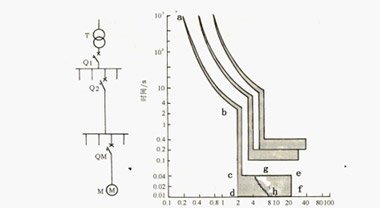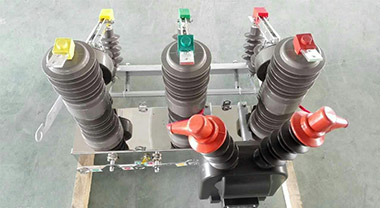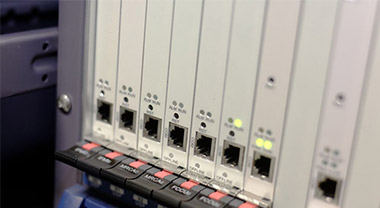11 operating points in the use of circuit breakers
By:Nader Updated:September 09,2020 11:18AM
According to the structure of the low-voltage circuit breaker, it is divided into two types: universal type (frame type) and plastic case type (device type). Circuit breakers are widely used as switching devices for distribution systems, cables, motors, and electric welders in various construction sites due to their advantages such as compact structure, reliable performance, and safe use.
The circuit breaker should be carefully maintained during use. The specific operation points are as follows.
- Before the circuit breaker is put into operation, the anti-rust grease on the working surface of the magnet should be removed to avoid affecting the reliability of the work.
- Before the circuit breaker is put into operation, check whether it is installed firmly, whether all bolts are tightened, whether the circuit connection is reliable, and whether there is dirt on the shell.
- Before the circuit breaker is put into operation, check whether the setting current and setting time of the trip unit meet the circuit requirements, and whether the factory setting value is changed.
- The circuit breaker in operation should be cleaned and repaired regularly, and attention should be paid to whether there is any abnormal sound and smell.
- There should be no burrs and ablation marks on the contact surface of the circuit breaker in operation. When the contact is worn to less than 1/3 of the original thickness, a new contact should be replaced.
- When the circuit breaker in operation breaks the short-circuit current or runs for a long time, the metal particles on the inner wall and grid of the arc extinguishing chamber should be removed. The arc extinguishing chamber should not be damaged.
- With a bimetallic trip unit, after the circuit breaker is disconnected due to overload, it must not be "re-deducted" immediately. It should be cooled for a few minutes to reset the bimetallic strip before it can be "re-deducted".
- The transmission mechanism in operation should be lubricated regularly.
- After regular maintenance, several opening and closing tests should be carried out without electricity to check its reliability.
- Regularly check the current setting value and delay of each trip unit, especially the semiconductor trip unit, and check its working condition with the test button regularly.
- Check the leads and conductive parts for overheating during operation.
In short, only serious maintenance can ensure the reliable performance and safe use of low-voltage circuit breakers.




